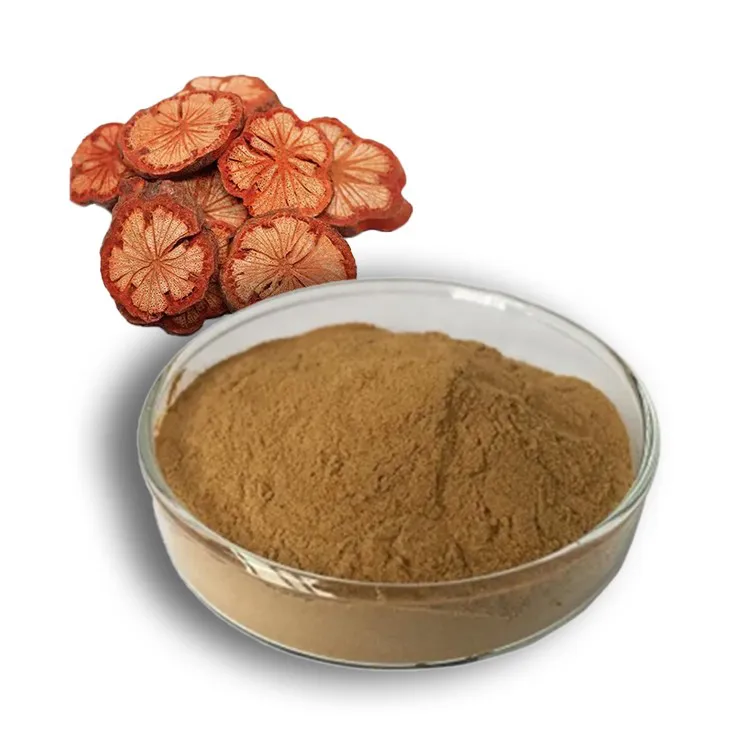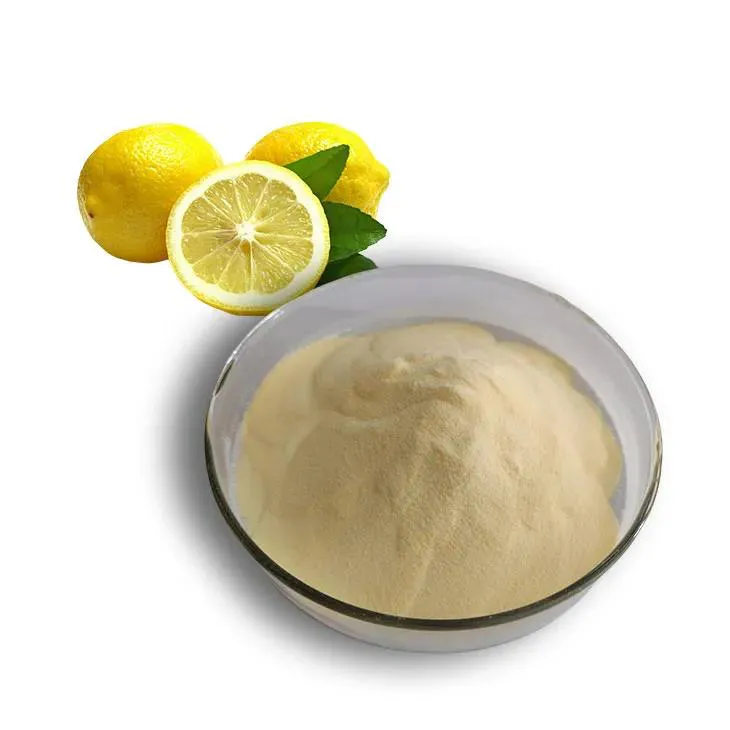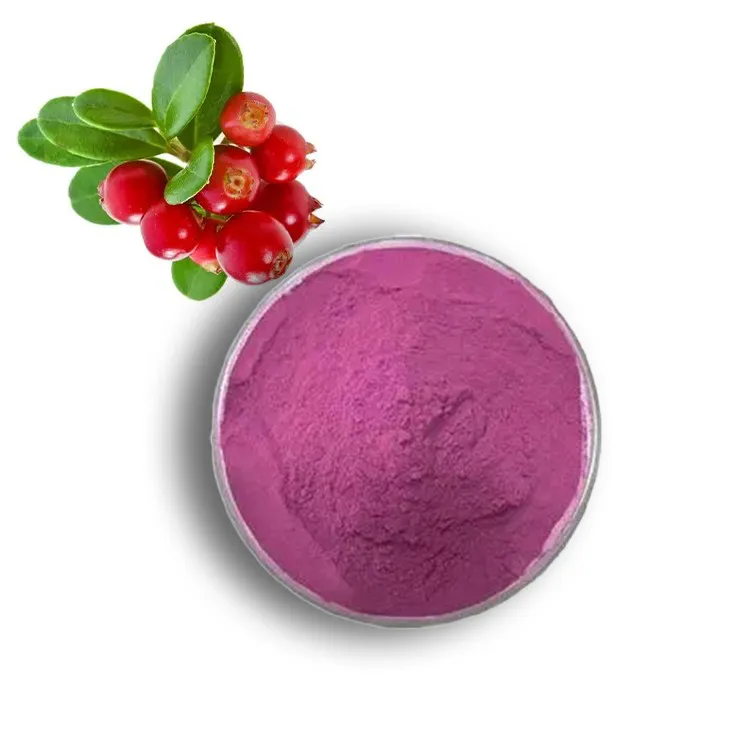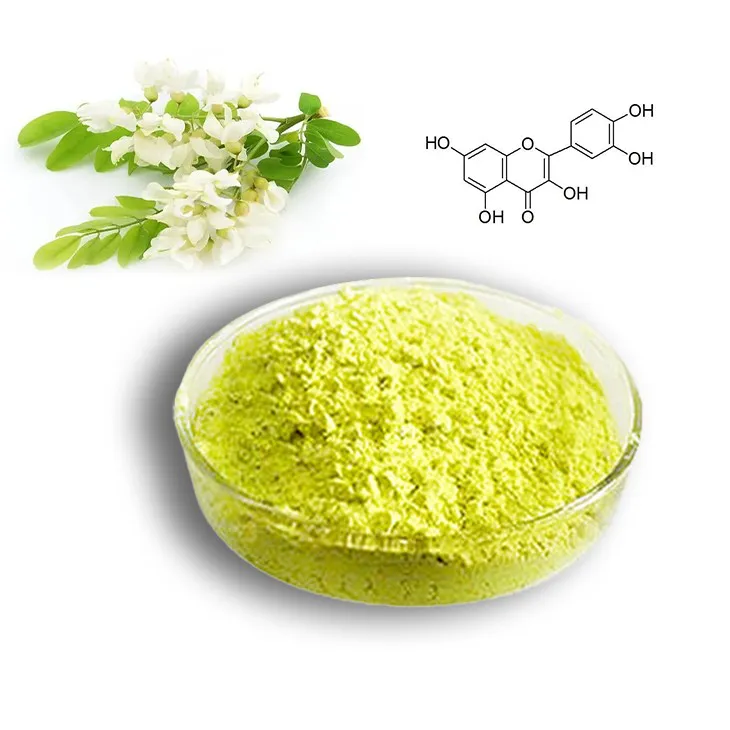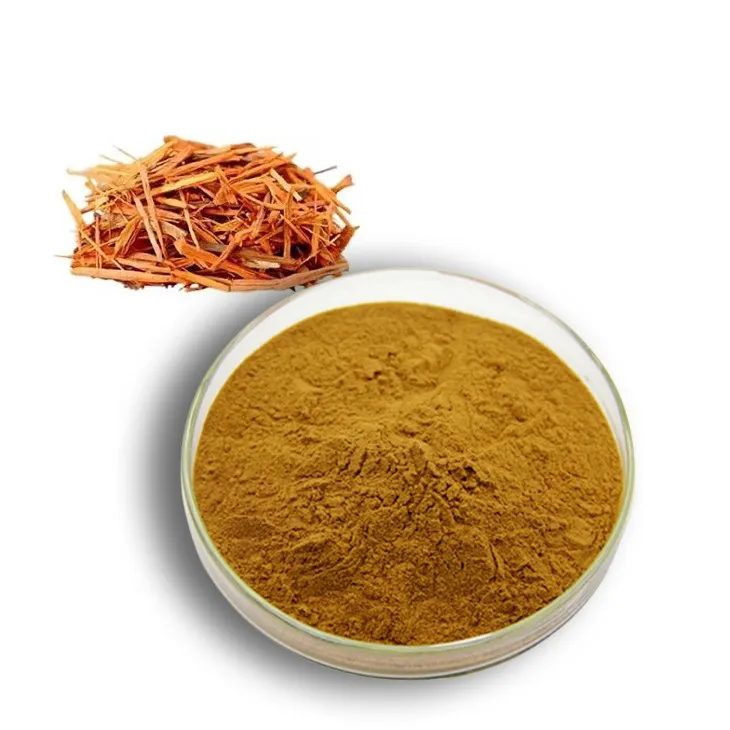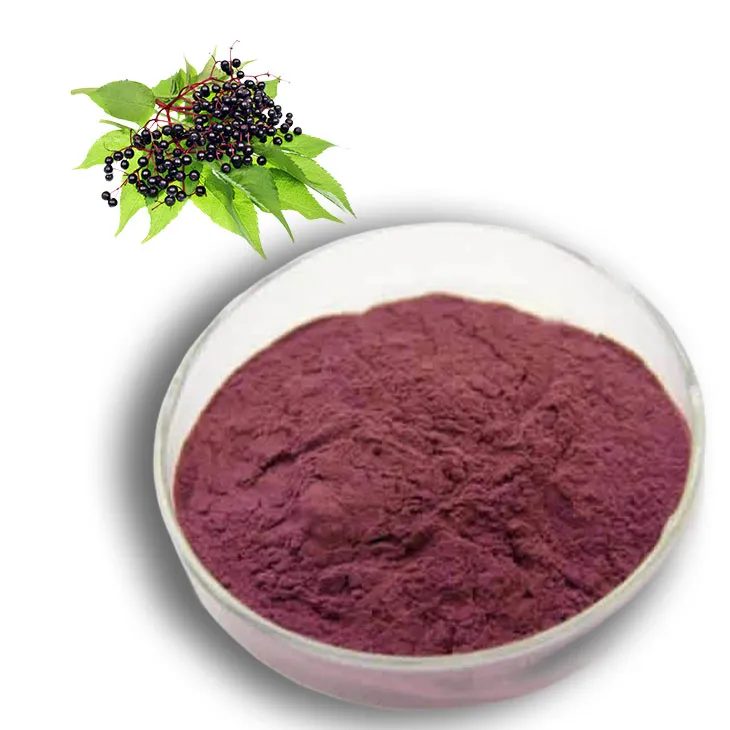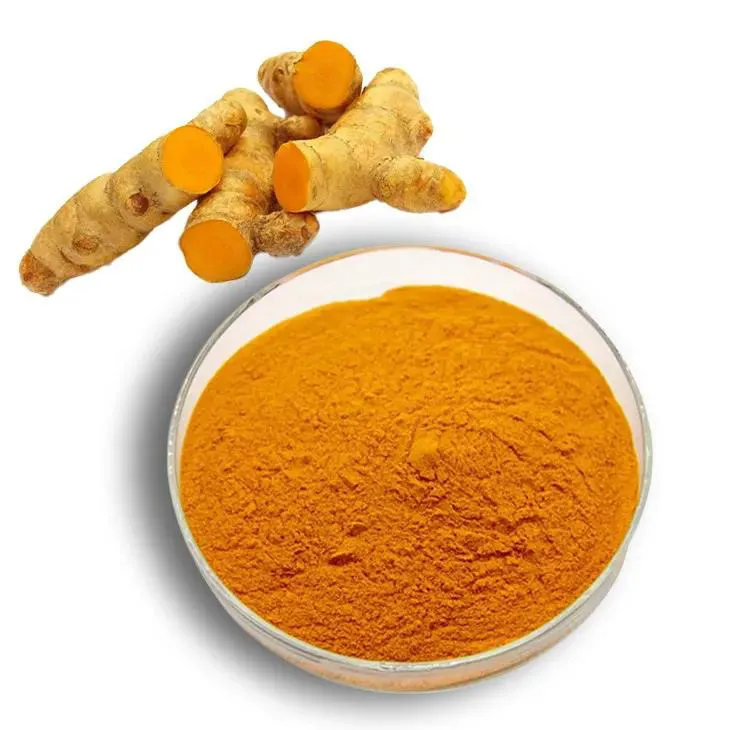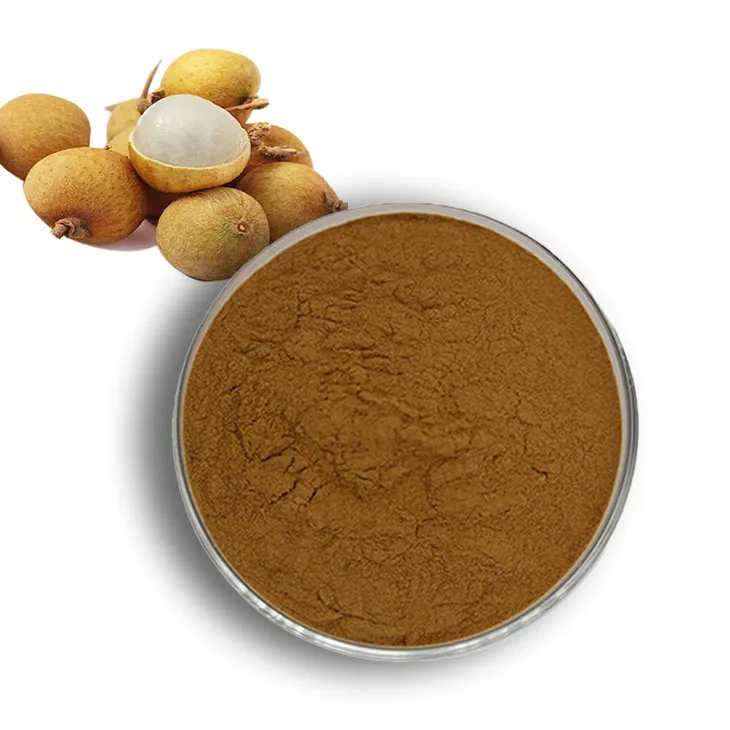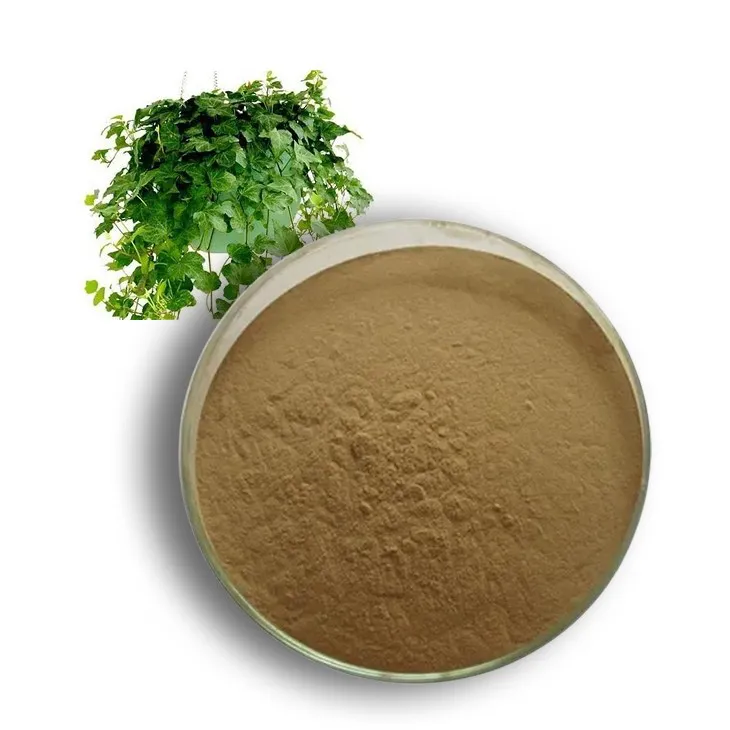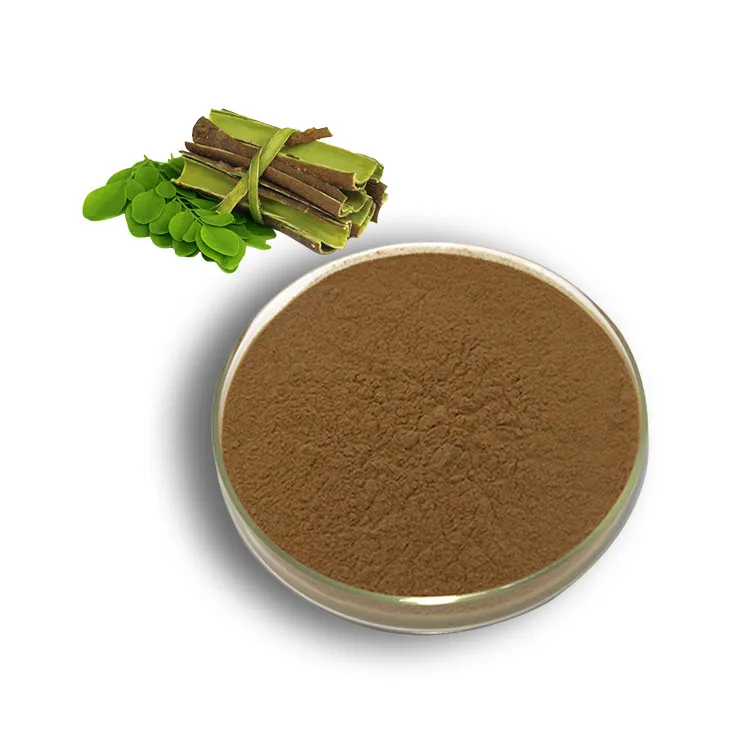- 0086-571-85302990
- sales@greenskybio.com
Four Main Methods for Extracting Cactus Extract from Plants.
2024-12-10
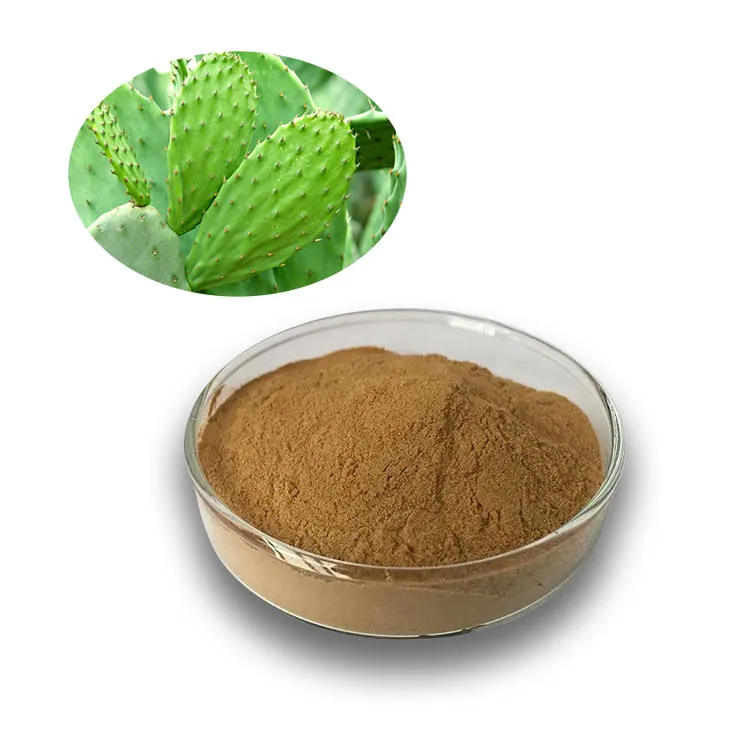
1. Introduction
Cacti are remarkable plants known for their unique adaptability to harsh environments. Cactus Extract has gained significant attention in various fields, including the pharmaceutical, cosmetic, and food industries. The extraction of Cactus Extract from plants is a crucial step in harnessing its potential benefits. There are four principal methods for this extraction, each with its own characteristics, advantages, and limitations.
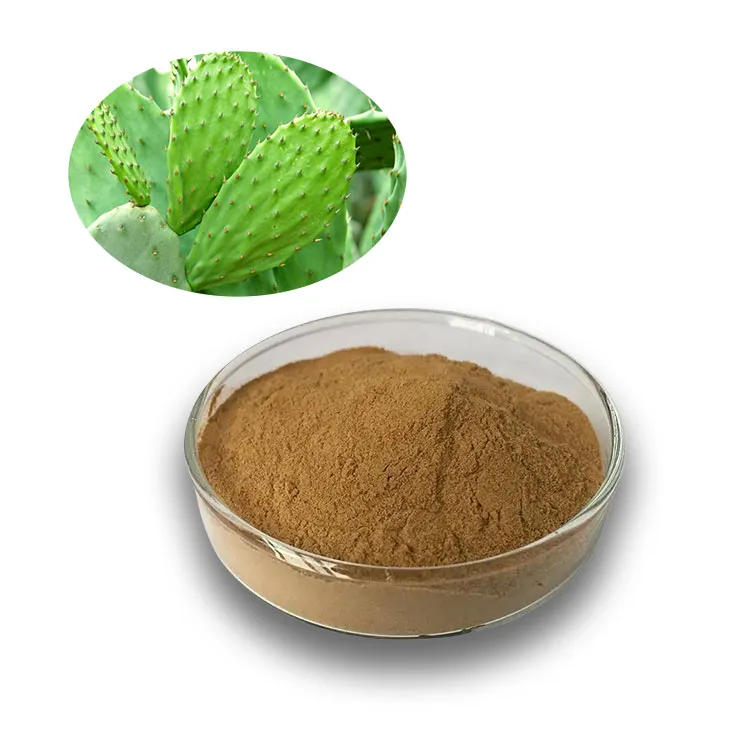
2. Solvent Extraction
2.1 Principle
Solvent extraction is a common method for obtaining Cactus Extract. The principle behind this method is based on the solubility of the bioactive compounds present in the cactus in a particular solvent. In this process, a suitable solvent, such as ethanol, is used to dissolve and extract the desired components from the cactus plant material.2.2 Procedure
- First, the cactus plant material is carefully prepared. This may involve cleaning, drying, and grinding the cactus to increase the surface area for better extraction.
- Next, the prepared cactus material is placed in a container, and the solvent (e.g., ethanol) is added in an appropriate ratio.
- The mixture is then stirred or agitated for a specific period. This agitation helps in maximizing the contact between the cactus material and the solvent, facilitating the extraction process.
- After the extraction time has elapsed, the mixture is filtered to separate the liquid extract (containing the dissolved bioactive compounds) from the solid residue of the cactus.
- Finally, the solvent can be removed through evaporation or other techniques to obtain the concentrated cactus extract.
2.3 Advantages
- It is a relatively simple and well - established method, which is easy to perform in a laboratory or industrial setting.
- Many solvents are readily available, and different solvents can be selected based on the specific compounds to be extracted.
- It can be used to extract a wide range of bioactive compounds from cacti.
2.4 Limitations
- The use of solvents may pose safety risks, especially if the solvents are flammable or toxic. Therefore, proper safety precautions need to be taken during the extraction process.
- Some solvents may also extract unwanted substances along with the desired bioactive compounds, which may require further purification steps.
- The extraction efficiency may not be as high as some of the other more advanced methods.
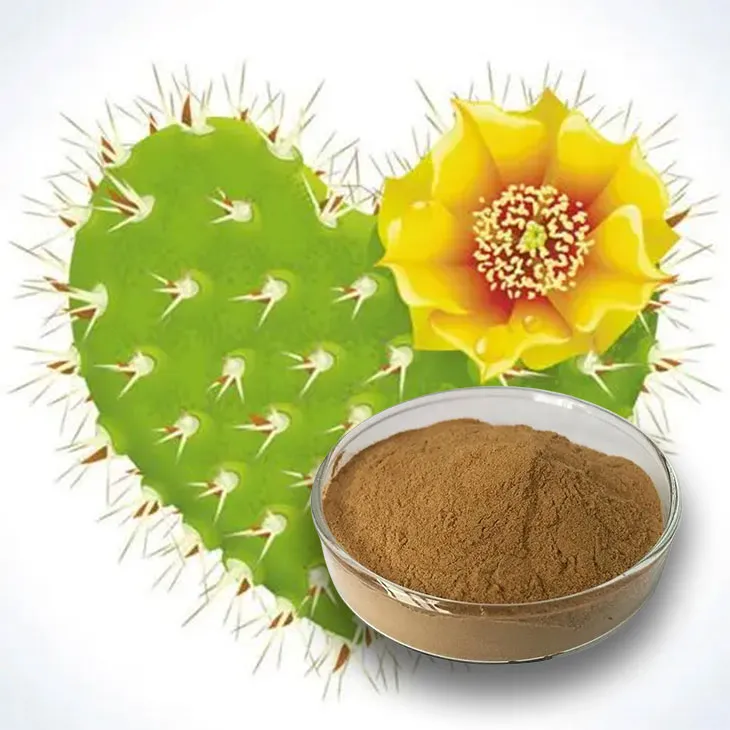
3. Maceration
3.1 Principle
Maceration is a traditional approach for extracting cactus extract. In this method, the cactus is immersed in a liquid (usually a solvent or a solvent - water mixture) for an extended period. During this time, the bioactive compounds in the cactus gradually dissolve into the liquid through a process of diffusion.3.2 Procedure
- The cactus plant material is first cut or shredded into smaller pieces to expose more surface area.
- These pieces are then placed in a container filled with the extraction liquid. The container is usually sealed to prevent evaporation.
- The cactus and the liquid are left to stand at room temperature or sometimes at a slightly elevated temperature for a long period, which can range from days to weeks.
- Periodically, the container may be gently shaken or stirred to enhance the extraction process.
- After the maceration period is complete, the liquid is separated from the solid cactus material through filtration to obtain the cactus extract.
3.3 Advantages
- It is a simple and low - cost method, as it does not require any complex equipment. It can be carried out using basic laboratory or household items.
- The mild extraction conditions (such as room temperature) are less likely to cause degradation of heat - sensitive bioactive compounds.
3.4 Limitations
- The extraction time is very long compared to other methods, which can be a disadvantage when large - scale production is required.
- The extraction efficiency is relatively low, and it may not be able to extract all the bioactive compounds effectively.
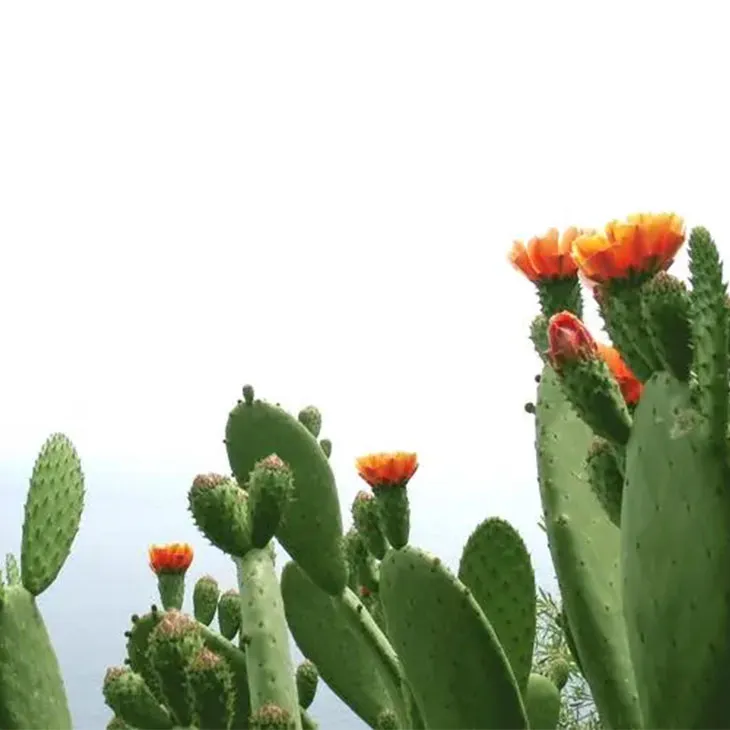
4. Ultrasonic - Assisted Extraction
4.1 Principle
Ultrasonic - assisted extraction takes advantage of ultrasonic energy. Ultrasonic waves create cavitation bubbles in the extraction liquid. When these bubbles collapse, they generate high - intensity shock waves and micro - jets that can effectively break the cell walls of the cactus plant cells. This allows the bioactive compounds trapped inside the cells to be released more easily into the extraction liquid.4.2 Procedure
- The cactus material is prepared in a similar way as in other methods, by cleaning, drying, and grinding if necessary.
- The prepared cactus material is placed in a container along with the extraction liquid (such as a solvent or a solvent - water mixture).
- An ultrasonic probe or an ultrasonic bath is then used to apply ultrasonic energy to the mixture. The frequency, power, and duration of the ultrasonic treatment are carefully controlled.
- After the ultrasonic treatment, the mixture is filtered to obtain the cactus extract, separating it from the solid residue.
4.3 Advantages
- It significantly shortens the extraction time compared to traditional methods like maceration. This is due to the efficient disruption of cell walls by ultrasonic energy.
- It can improve the extraction efficiency, allowing for a higher yield of bioactive compounds from the cactus.
- The use of ultrasonic energy is a relatively clean and environmentally friendly approach compared to some chemical - intensive extraction methods.
4.4 Limitations
- The equipment required for ultrasonic - assisted extraction, such as ultrasonic probes or baths, can be relatively expensive, especially for high - power applications.
- There is a need to optimize the ultrasonic parameters (frequency, power, time) for different cactus species and the compounds to be extracted, which may require some trial - and - error experimentation.
5. Supercritical Fluid Extraction
5.1 Principle
Supercritical fluid extraction, especially when using carbon dioxide as the supercritical fluid, is a highly efficient method for obtaining cactus extract. A supercritical fluid is a substance that is above its critical temperature and critical pressure. Under these conditions, the fluid has properties that are intermediate between those of a liquid and a gas. Supercritical carbon dioxide has a high solvency power for many bioactive compounds in cacti, and it can penetrate the plant material easily. When the pressure is reduced, the supercritical fluid returns to a gaseous state, leaving behind the extracted compounds.5.2 Procedure
- The cactus material is first dried and ground to a suitable particle size.
- The dried and ground cactus is placed in an extraction vessel. Supercritical carbon dioxide is then introduced into the vessel at a specific pressure and temperature above its critical point (critical temperature of approximately 31.1°C and critical pressure of approximately 73.8 bar for carbon dioxide).
- The supercritical carbon dioxide flows through the cactus material, dissolving the bioactive compounds.
- The mixture of supercritical carbon dioxide and the dissolved compounds is then passed through a separator where the pressure is reduced. As a result, the carbon dioxide turns into a gas and is removed, leaving behind the pure cactus extract.
5.3 Advantages
- It can produce a very pure cactus extract, as supercritical carbon dioxide is a relatively inert solvent and does not leave any harmful residues in the extract.
- The extraction process is highly efficient, with a high yield of bioactive compounds.
- It is an environmentally friendly method, as carbon dioxide is a non - toxic and non - flammable gas. It can be easily recycled during the extraction process, reducing waste.
5.4 Limitations
- The equipment for supercritical fluid extraction is very expensive, requiring high - pressure vessels and precise control systems. This makes it less accessible for small - scale operations or laboratories with limited budgets.
- The operating conditions (pressure and temperature) need to be carefully controlled, and any deviation can affect the extraction efficiency and the quality of the extract.
6. Conclusion
In conclusion, the four main methods of extracting cactus extract - solvent extraction, maceration, ultrasonic - assisted extraction, and supercritical fluid extraction - each have their own merits and drawbacks. The choice of method depends on various factors such as the scale of production, the nature of the bioactive compounds to be extracted, cost considerations, and environmental impact. For small - scale or traditional applications, maceration may be a suitable option due to its simplicity and low cost. For larger - scale industrial production with a focus on high - purity extracts and efficiency, supercritical fluid extraction may be preferred, despite its high equipment cost. Solvent extraction and ultrasonic - assisted extraction offer intermediate solutions with different trade - offs in terms of cost, efficiency, and environmental impact. Continued research and development in these extraction methods will likely lead to further improvements and the discovery of more efficient ways to extract valuable cactus extract for diverse applications.
FAQ:
1. What are the advantages of solvent extraction method?
Solvent extraction, such as using ethanol, has the advantage of being a common and relatively straightforward method. It can effectively dissolve and extract bioactive compounds from cactus. Ethanol is also a relatively safe solvent in many cases, and it can be easily obtained and processed, which makes it a popular choice for extracting cactus extract.
2. How does maceration work in extracting cactus extract?
Maceration is a traditional extraction method. In this process, the cactus is immersed in a liquid (usually a solvent). Over a period of time, the bioactive substances in the cactus gradually dissolve into the liquid through diffusion, allowing for the extraction of the desired compounds.
3. What is the principle behind ultrasonic - assisted extraction?
The principle of ultrasonic - assisted extraction is based on the use of ultrasonic energy. The ultrasonic waves create cavitation bubbles in the extraction medium. When these bubbles collapse, they generate high - pressure and high - temperature micro - environments that can break the cell walls of the cactus cells. This helps to release the bioactive substances inside the cells more effectively, enhancing the extraction efficiency.
4. Why is supercritical fluid extraction with carbon dioxide considered good for cactus extract?
Supercritical fluid extraction using carbon dioxide has several benefits. Firstly, carbon dioxide in its supercritical state has excellent solvating properties, which can effectively extract the components of cactus. Secondly, it can produce a very pure cactus extract. Moreover, compared to some traditional extraction methods, it has less environmental impact because carbon dioxide is non - toxic, non - flammable, and can be easily removed from the final product, leaving little residue.
5. Which extraction method is the most cost - effective?
The most cost - effective method depends on various factors. Solvent extraction may be cost - effective in some cases as solvents like ethanol are relatively inexpensive. However, if considering long - term and large - scale production, supercritical fluid extraction might be more cost - effective in terms of product quality and environmental compliance, as it can reduce the cost associated with purification and waste treatment. Maceration is relatively simple but may require more time and solvent, which could increase costs. Ultrasonic - assisted extraction may have additional equipment costs due to the need for ultrasonic generators, but it can improve extraction efficiency and potentially save on overall costs in terms of reduced extraction time and solvent usage.
6. Are there any limitations to these extraction methods?
Yes, there are limitations. Solvent extraction may leave some solvent residues in the extract, which may need further purification. Maceration is time - consuming. Ultrasonic - assisted extraction requires specialized equipment, and improper use of ultrasonic energy may damage some heat - sensitive compounds. Supercritical fluid extraction has high equipment costs and requires strict operating conditions, such as precise control of pressure and temperature.
Related literature
- Optimization of Cactus Extract Extraction: A Review of Modern Techniques"
- "Comparative Study of Different Methods for Cactus Extract Production"
- "The Efficiency and Sustainability of Cactus Extract Extraction Methods"
- ▶ Hesperidin
- ▶ citrus bioflavonoids
- ▶ plant extract
- ▶ lycopene
- ▶ Diosmin
- ▶ Grape seed extract
- ▶ Sea buckthorn Juice Powder
- ▶ Beetroot powder
- ▶ Hops Extract
- ▶ Artichoke Extract
- ▶ Reishi mushroom extract
- ▶ Astaxanthin
- ▶ Green Tea Extract
- ▶ Curcumin Extract
- ▶ Horse Chestnut Extract
- ▶ Other Problems
- ▶ Boswellia Serrata Extract
- ▶ Resveratrol Extract
- ▶ Marigold Extract
- ▶ Grape Leaf Extract
- ▶ blog3
- ▶ blog4
- ▶ blog5
-
Red Vine Extract
2024-12-10
-
Lemon Juice Powder
2024-12-10
-
Europen Bilberry Extract
2024-12-10
-
Quercetin
2024-12-10
-
Yellow Pine Extract
2024-12-10
-
Elderberry Extract
2024-12-10
-
Curcuma Longa Extract
2024-12-10
-
Longan Extract
2024-12-10
-
Ivy Extract
2024-12-10
-
White Willow Bark Extract
2024-12-10











